Jericho Herodian Third Palace Sunken Garden
Province
Judaea
Iudaea (province) (Pleiades)
Province Description
Judaea, the Roman province, included parts of the areas of the Hasmonean and Herodian kingdoms, notably Biblical Judah, Samaria, and Edom. Its capital was Caesarea Maritima. Roman influence in the region began in 63 CE, when the Roman general Pompey the Great conquered Syria from Mithridates of Pontus, besieged Jerusalem, and captured the Second Temple; he appointed Hyrcanus, one of the two Hasmonean brothers fighting for kingship, as ethnarch of Judaea. Later, Julius Caesar appointed Antipater, the father of Herod, as Judaea's first Roman Procurator. Later these ties allowed Herod to seek backing from Rome against the Hasmoneans in 40 BCE, when the Senate recognized him as “king of the Jews.” His territories came to include the regions of Galilee, Gaulanitis (the Golan),Peraea and the Decapolis, and Augustus later granted him the coastal cities, Batanaea, Auranitis, and Trachonitis. Herod balanced his allegiance to Rome with the independence of his kingdom, often employing architectural projects to express his ambitions and control of nature to express his capacity to rule . His many palaces, placed strategically around the kingdom, feature dramatically designed landscapes and gardens. Upon his death, his son and heir Archelaus was unable to maintain order and the major part of Judaea was annexed to Syria in 6 CE, with its own prefect, while two other sons of Herod, Philip and Antipas, received territories as tetrarchs. By the time of Trajan, Judea was reduced in size and many of the Herodian palaces abandoned, preserving them over the millennia for archaeologists. Hadrian renamed the province After the Bar Kochba revolts (132-135)Hadrian renamed the province Syria Palaestina, erasing the name of Judaea.
The geography of Judaea comprises a wide variety of biomes, from richly watered plains of the Galilee and the Jordan, to the semi-arid Judean Hills, the humid, fertile coastal plain of the Mediterranean, and the deserts of the Dead Sea valley and the Negev. The period for which we have the richest evidence of a garden culture in this region is during the reign of Herod the Great. An allied king of Rome, Herod’s relationships with Mark Antony, Cleopatra, Augustus, and Marcus Agrippa and other officials ave been preserved in the texts of Flavius Josephus. These constitute a rare record of interactions between Rome and its territories, and provide a valuable context for understanding the trends of design in the early imperial period. The proximity of Judaea to Alexandria, whose palaces and gardens lie beneath the modern city and its harbors, may also provide a suggestion of the late Hellenistic garden culture that Romans emulated. Evidence of gardens in the Hasmonean winter palaces at Jericho and the palace identified as that of Hyracanus the Tobiad at 'Iraq al-Amir on the other side of the Jordan Valley provide rare cases where texts can illuminate archaeological evidence. These gardens require further investigation and both are threatened by local development.
Location
Location Description
In one of the most beautiful spots of the Eastern Mediterranean, five km west of Jericho, the biblical “city of Palms,” (Deut. 34:3) lie the remains of a royal complex of the late Second Temple Period (the end of the second century B.C. continuing through the mid-first century A.D). Despite their location in the desert some 200 m. below sea level (one of the lowest occupied elevations on earth) these palaces were set amidst an abundance of vegetation and enjoyed a copious supply of water brought from the surrounding hills via water channels. The palaces are dramatically situated along Wadi Qelt where the gorge opens abruptly onto the Jordan Valley floor. (Fig. 1) They were set amidst the large palm and balsam groves for which the valley was famed. Water channels give archaeological evidence of groves to the north of the palace, but literary evidence suggests that royal holdings from Jericho to Ein Gedi were extensive. None of the gardens have been fully excavated, but many have been examined and the presence of rich soil rather than pavement, as well as water channels and ceramic planting pots provide conclusive evidence for the many gardens discussed below.
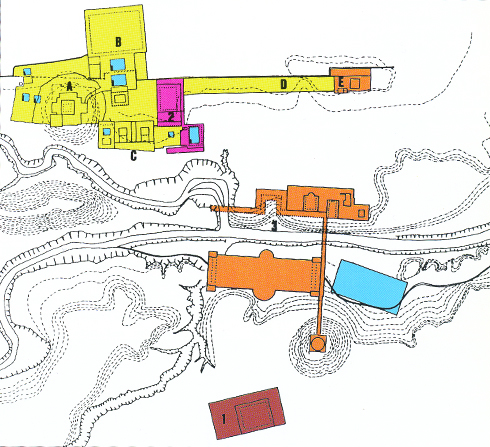
Figure 1: Plan of the Hasmonean and Herodian Winter Palace Complex, Jericho (Gleason after Netzer)
Sublocation
Herodian Entertainment Complex, Third Palace
Sublocation Description
The third palace built by Herod in the late first century B.C. merits special mention with regard to the integration of water, gardens and landscape. This palace was sited along a straight section of Wadi Qelt to take advantage of its season flow of water each winter. This area was, however, lower than those on which the first and second palaces had been built, offering a more limited view of the surroundings. This shortcoming was offset by the erection of a viewing pavilion on top of an artificial tel. The overall building complex was rectilinear, with Wadi Qelt cutting through the center, and a bridge spanning the two halves. On the north side lay a complex of banqueting rooms, Roman style baths, reception rooms, peristyle courtyards and colonnaded walks. On the south lay a great sunken garden, the artificial tel and pavilion, and, off-axis, a shallow boating pool. (Fig. 2) The garden features are discussed individually below.
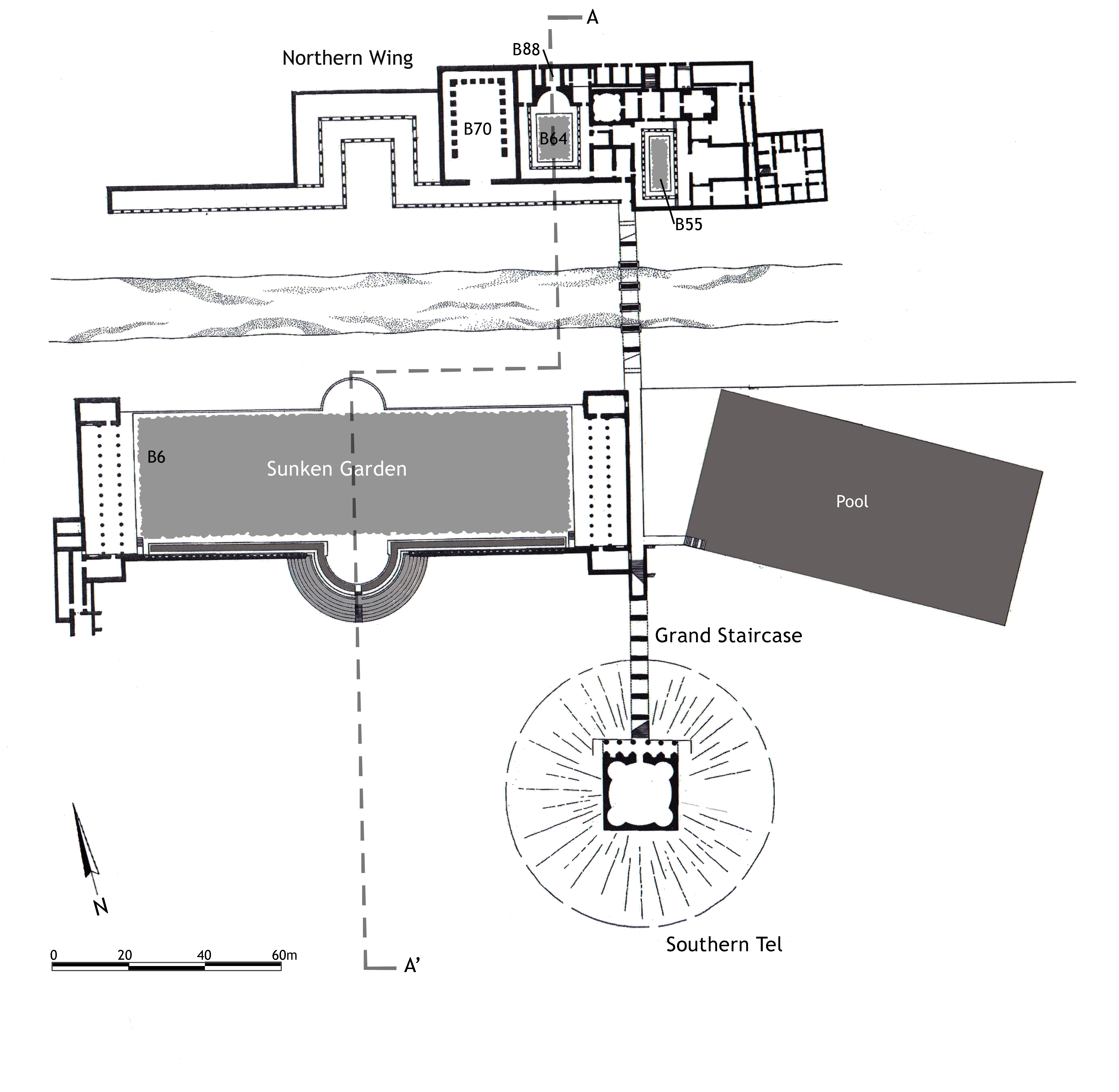
Figure 2: Plan of Herod’s Third Palace (K. Gleason after E. Netzer 2001a: Plan 48).

Figure 3: Section extending from the Sunken Garden, through Garden B64, to the Southern Tell (K. Wilczak after Netzer 2001a: Ill. 478).
Garden
Royal Garden
Keywords
Garden Description
Sunken Garden
The monumental ‘sunken garden’ (B6), which measures 37.27 x 113.67m, lies largely unexcavated on the south side of Wadi Qelt, in alignment with the buildings and gardens described above (Fig 4). First explored in 1950 by Kelso and Baramki and again by Netzer in 1979, its perimeter is known, although the northern side has eroded into the wadi. Kelso and Baramki found a retaining wall on the south side, set into the slope of the hill and presenting a “grand facade” of semicircular and squared niches separated by columns in antis (fig 5). Jewish Law would have prohibited the placement of statuary in these niches, but urns with plants may have provided a satisfactory alternative and Stibel suggests that it served as a luxurious nympheum. The facade is interrupted in the middle by a great hemicycle (Fig 6), which formed a small stepped theatre, with benches not for spectators but for plants in perforated ceramic pots of the same general size and description as those found in garden B64 and elsewhere in the winter palace complex (Fig 7). A water channel ran along the floor of the sunken garden across entire length of the facade and cavea. Double porticoes along the top of the retaining walls, preserved on the east and west sides, allowed visitors to promenade around the sunken garden and look into it; what they observed remains buried beneath a deep landslide. In 1978, Netzer cut a trial trench along the foot of the east retaining wall and discovered a perforated pot at this lower level. (Fig. 8 and 9) Gleason examined the stratigraphy of this sounding in 1985 and noted that the pot was set into a level of cultivated soil.
Elevated Pavilion
Above the east end of the sunken garden rises the artificial tel with its pavilion, another unusual feature of Herod’s palace. The pavilion was round, 16 m. in diameter, serving as a reception hall with four niches in each quarter. Below the hall, as seen in the northern palace at Masada, lay a Roman-style bathhouse for the pleasure of guests visiting the hall. The artificial mount was undoubtedly erected to offer splendid views of the landscape with its oasis estates of rare palms and balsam, and would, in turn, be a landmark visible from the road descending from Wadi Qelt and from across the plain.
Boating Pool
A huge pool (90 x 40 m.) built to the east of the sunken garden formed an integral part of the third palace. The pool probably served not only for swimming but also for boating and aquatic sports. In contrast to all the other wings of the third palace, which were built in alignment with a single grid system, this pool deviates by c. 30 to accommodate the slope of the hill, evidently to offer spectators a good view of the events. The difference in orientation was possibly obscured by trees and shrubs, was the case with the Pool Complex of the second palace.
Images
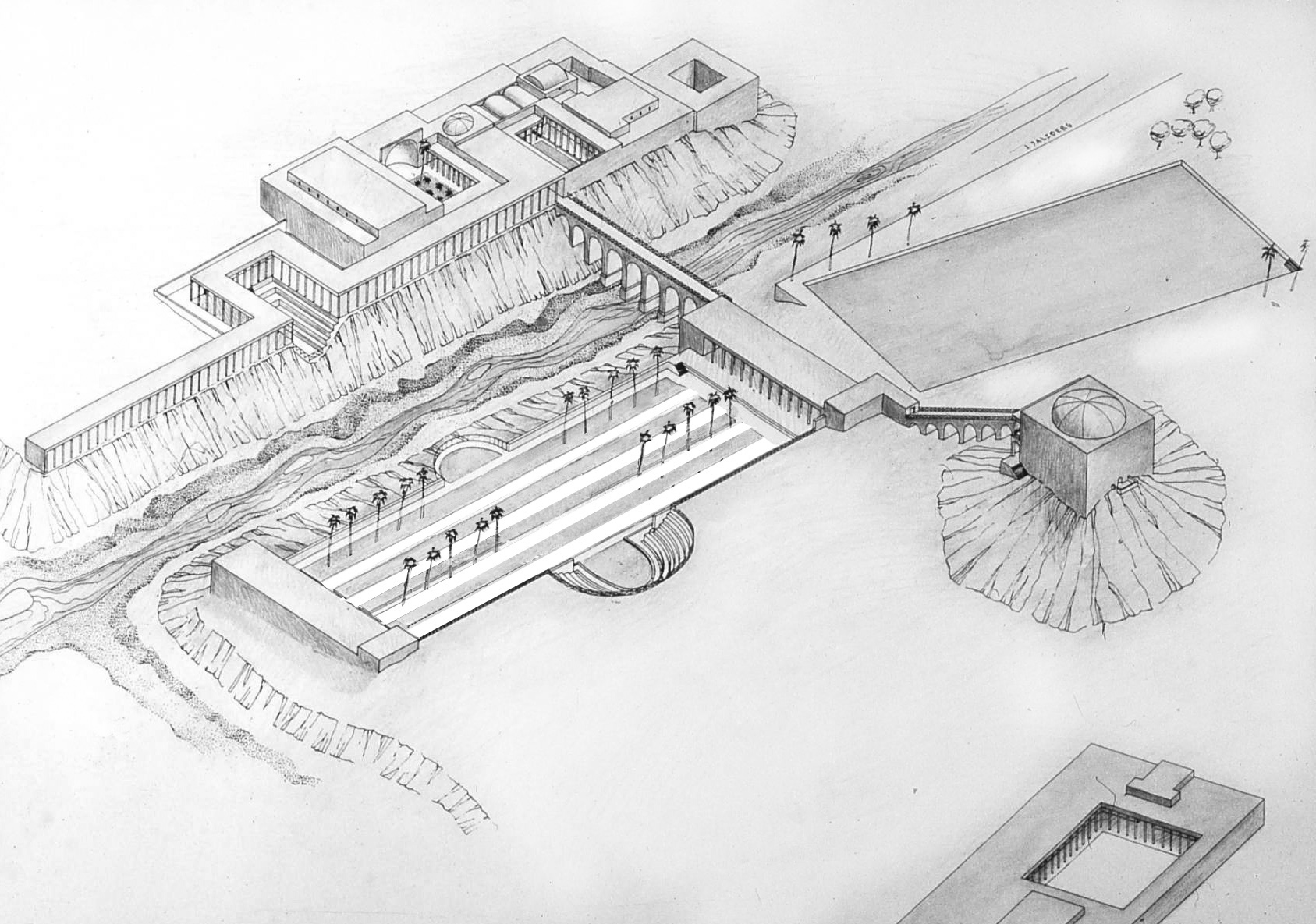
Figure 4: view of the Third Palace showing the Sunken Garden with linear promenades(ambulationes, K. Gleason after J. Salzberg).
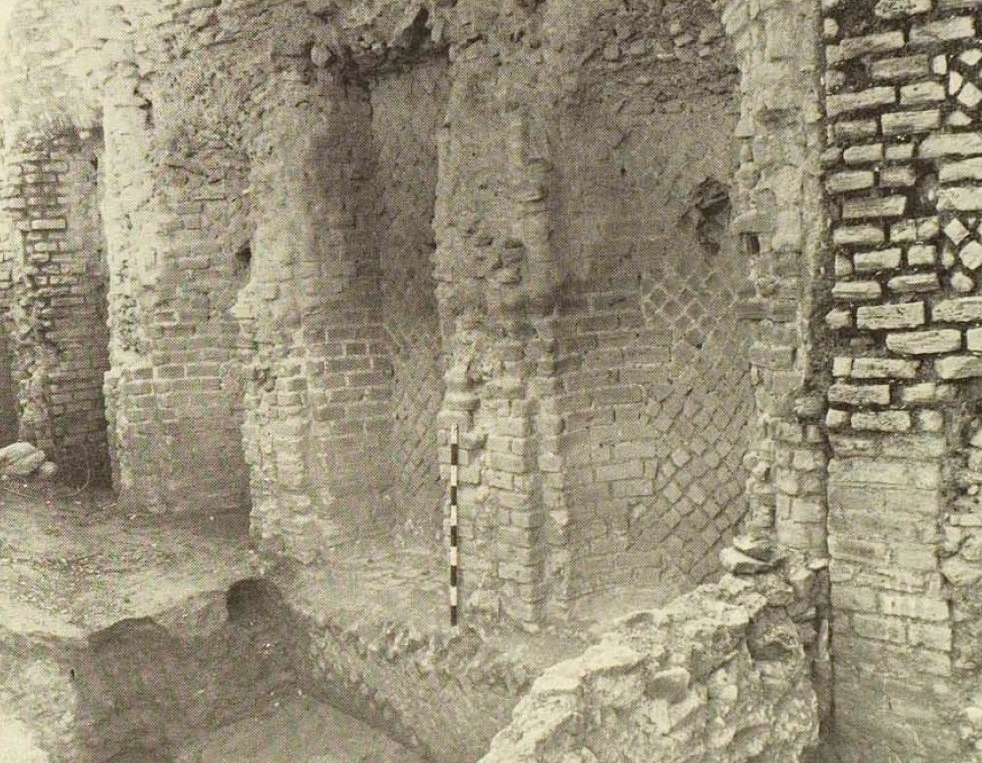
Fig 5: The Grand Facade of the Sunken Garden and Netzer’s Trench B3, view from the northwest (Netzer 2001a: Ill. 433).
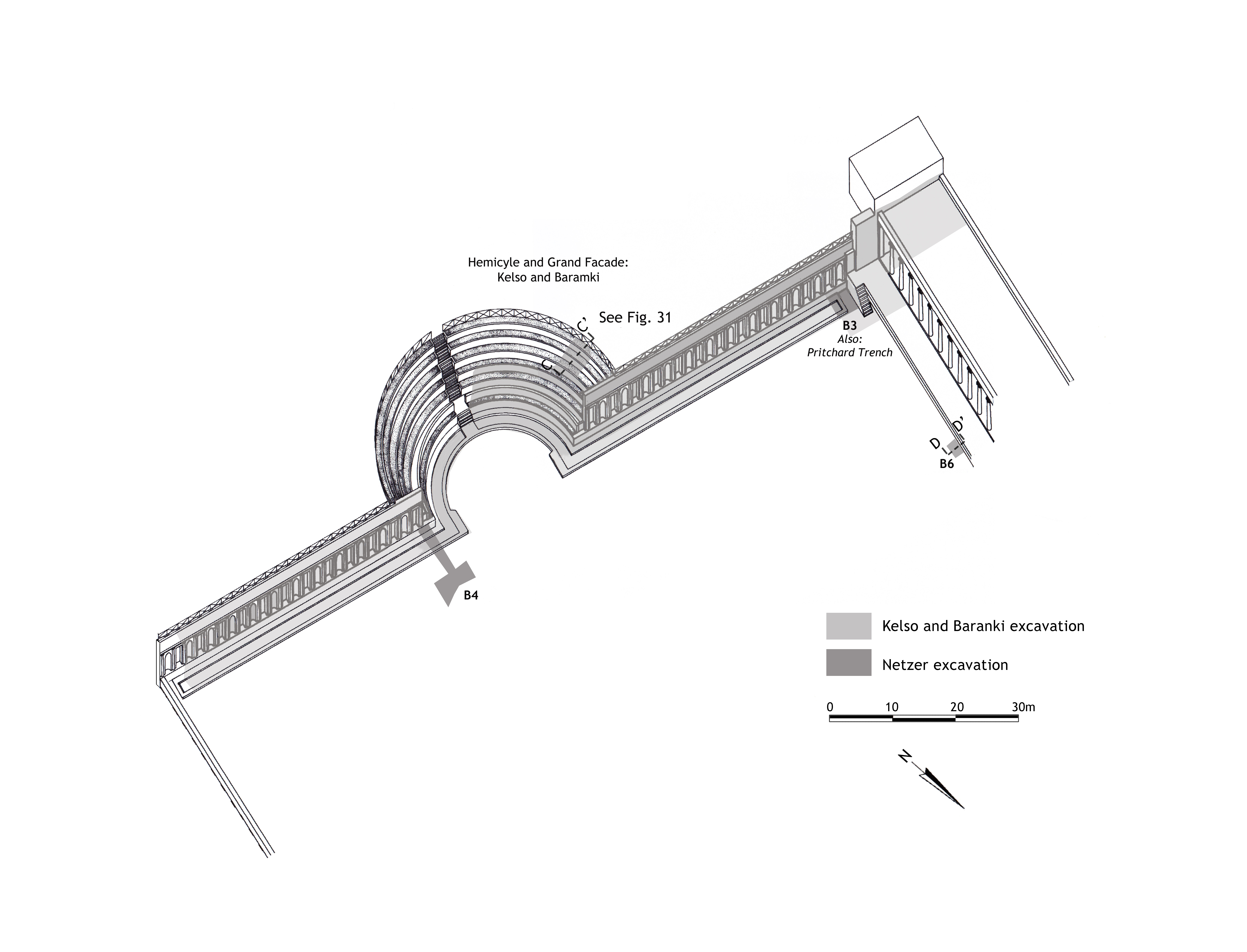
Figure 6:Axonometric reconstruction of the Hemicycle and the Sunken Garden terrace showing the excavation areas.Light shading indicates the Kelso and Baramki excavations, dark shading indicates Netzer’s excavations (K.Gleason after J. Salzberg).
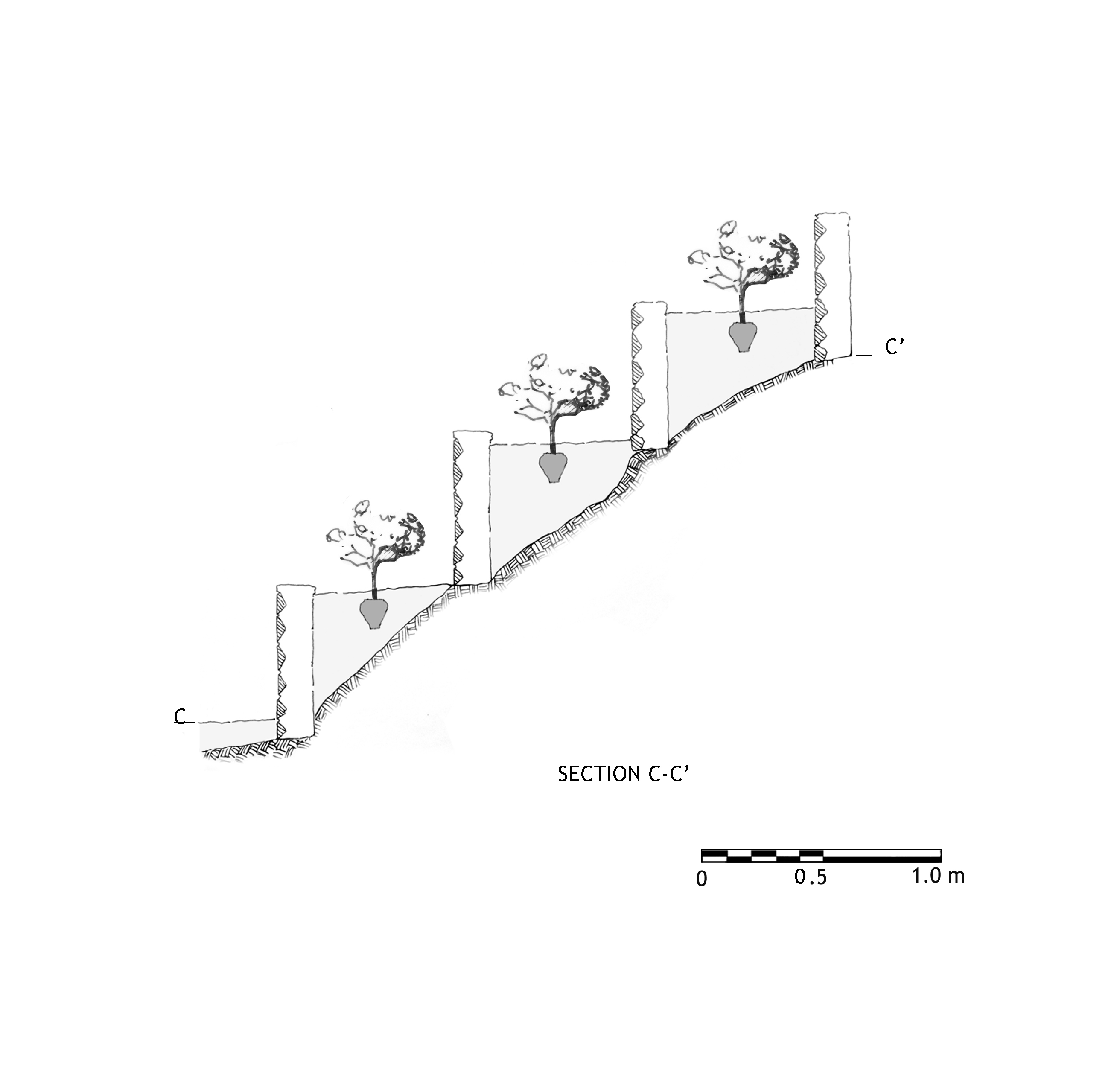
Figure 7:Section C-C through the benches of the Hemicycle: opus reticulatum walls set on clay subsoil (K. Gleason after Kelso and Baramki 1955:18).
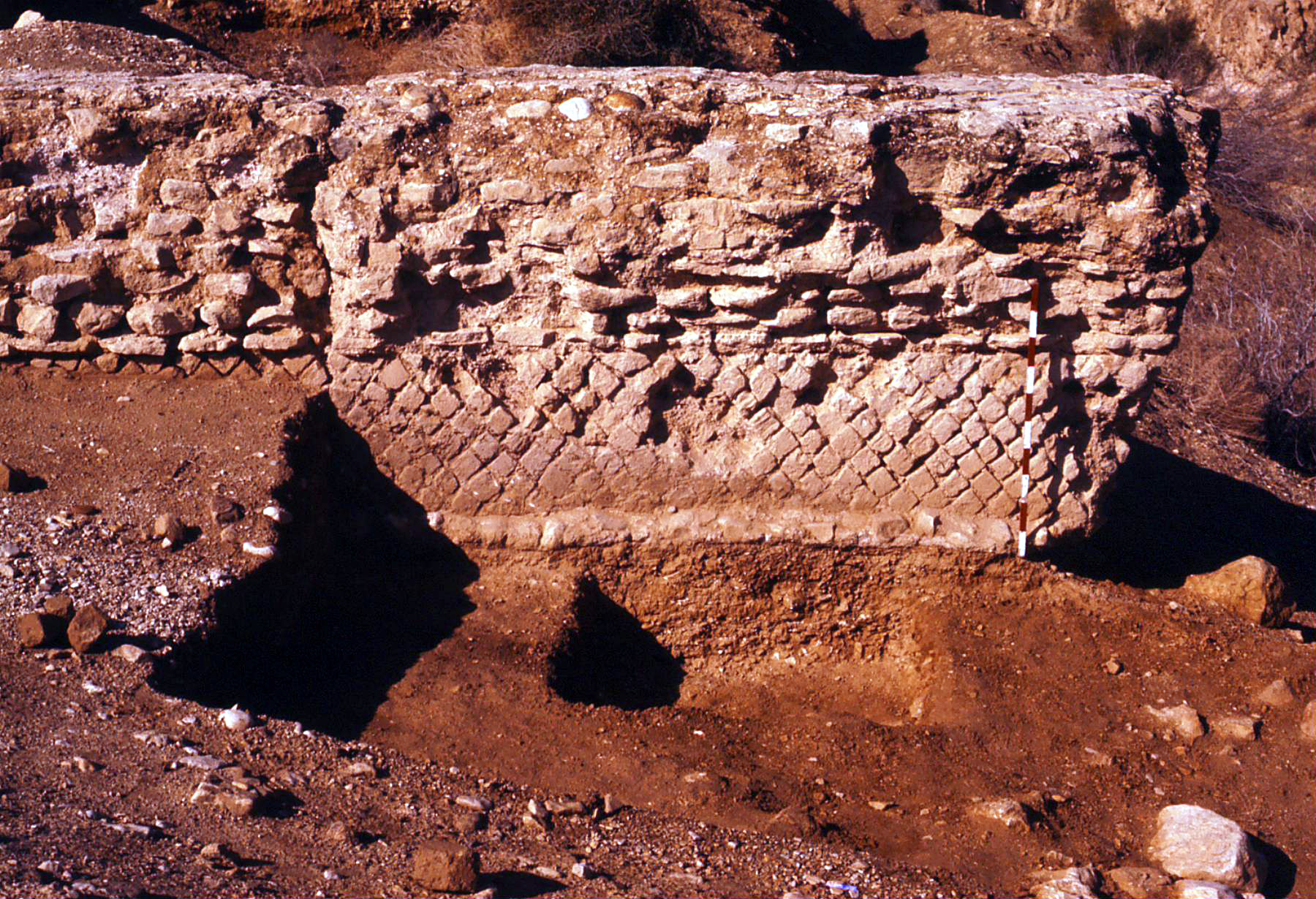
Figure 8: Trench B6 (Netzer 2001a: Ill. 435).
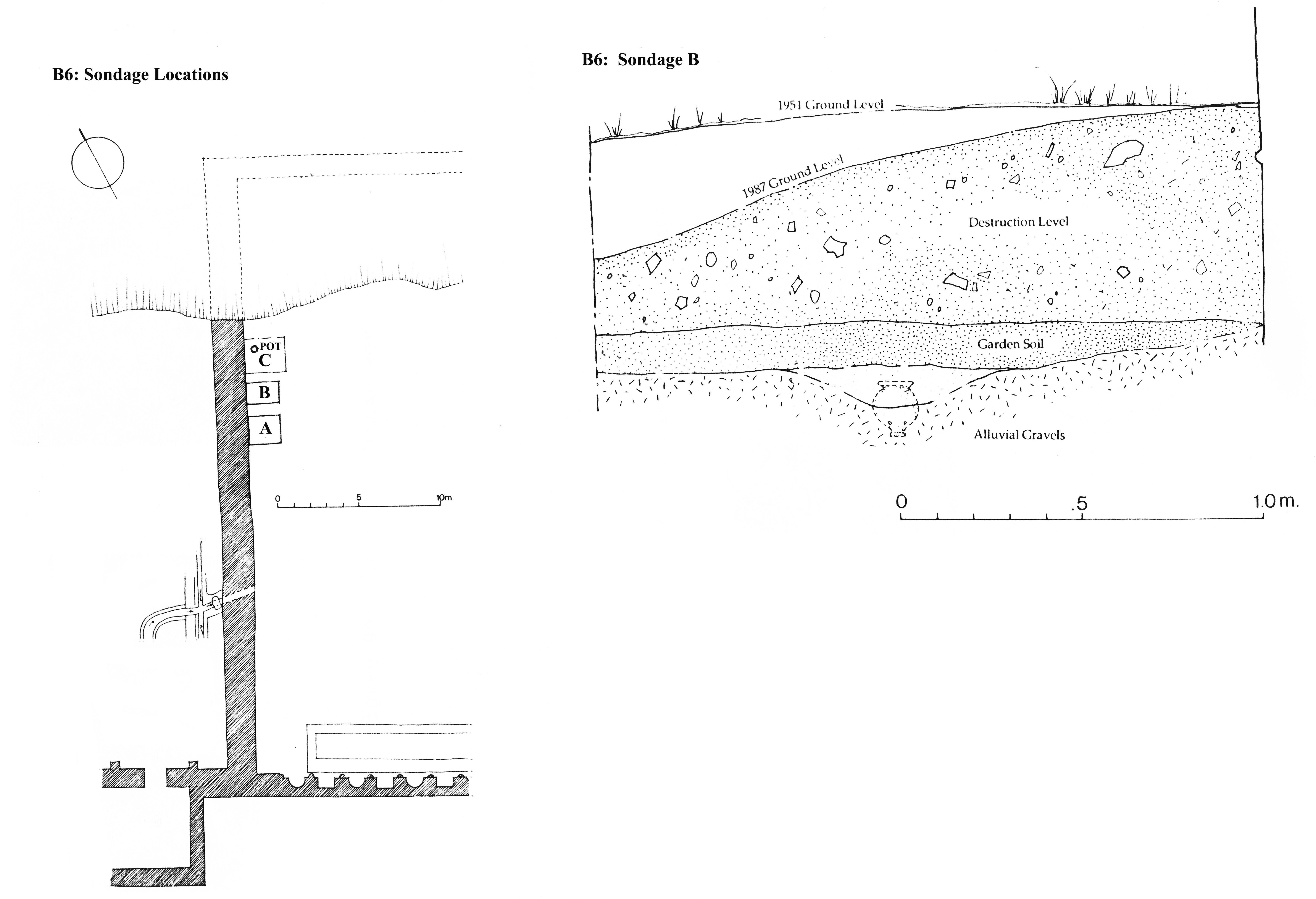
Figure 9:Section D-D in Trench B6 showing garden soils near east end of Sunken Garden at location of flower pot. (K. Gleason).
Dates
31 BCE - 4 BCE
Bibliography
- G. Garbrecht, and E. Netzer, “Die Wasserversorgung des geschichtlichen Jericho und seiner koniglichen Anlagen,” in Mitteilungen (aus dem Leichtweiss-Institut fur Wasserbau) 115, Braunschweig/Jerusalem 1991 worldcat
- K. Gleason, “Garden Excavations at the Herodian Winter Palace in Jericho, 1985-1987", Bulletin of the Anglo-Israel Archaeological Society, Vol. 7, 1987-8 Jstor
- K. Gleason, “A Garden Excavation in the Oasis Palace of Herod the Great at Jericho,” Landscape Journal 12.2 (1993):156-67wordcat
- J. Kelso, James L. and Dimitri Baramki, “Excavations at New Testament Jericho and Kirbet en-Nitla,” Annual of the American Schools of Oriental Research 29-30 (1949-51): 38-39
- E. Netzer, The Palaces of the Hasmoneans and Herod the Great, Jerusalem: The Israel Exploration Society, 1999: 13-64 wordcat
- Nielsen, Inge, Hellenistic Palaces,1994, 195-201 wordcat
- E. Netzer, The Hasmonean and Herodian Palaces at Jericho: Final Reports of the 1973-1987 Excavations, Vol. 1, Jerusalem: Israel Exploration Society, 2001 : 287-298 worldcat
- E. Netzer, and Garbrecht G, “Water channels and a royal estate of the late Hellenistic period in Jericho’s eastern plains,” in D. Amit, J. Patrich and Y.; Hirschfeld, eds, The Aqueducts of Israel. 353-365. JRA Supplement 46, R.I. 2002 worldcat
- J. Pritchard, “The Excavation at Herodian Jericho, 1951," The Annual of the American Schools of Oriental Research 32-3 (1952-4): 56-58. worldcat
- D. Langgut, and K. Gleason. "Identification of the Miniaturised Garden of King Herod The Great: The Fossil Pollen Evidence." STRATA: Bulletin of the Anglo-Israel Archaeological Society 38 (2020).
Pleiades ID
Contributor
Kathryn L. Gleason (ORCID: 0000-0001-6260-8378
Publication date
21 Apr 2021